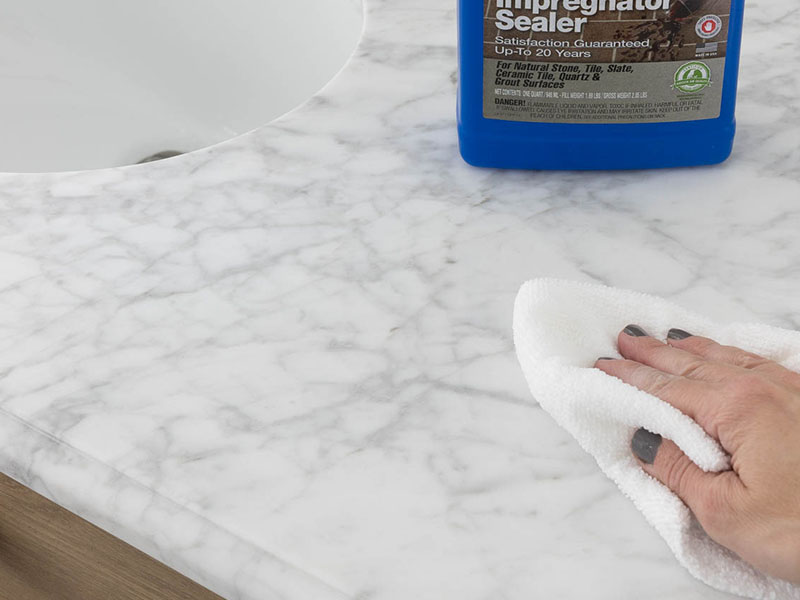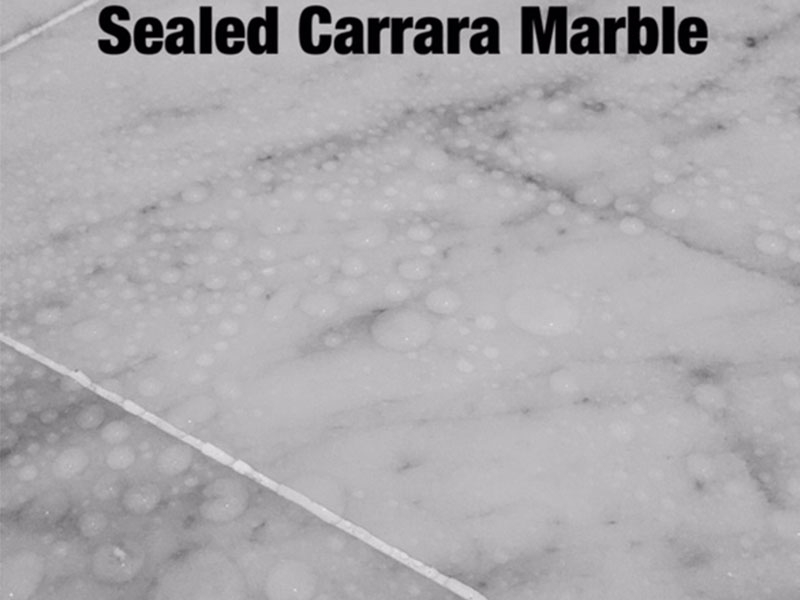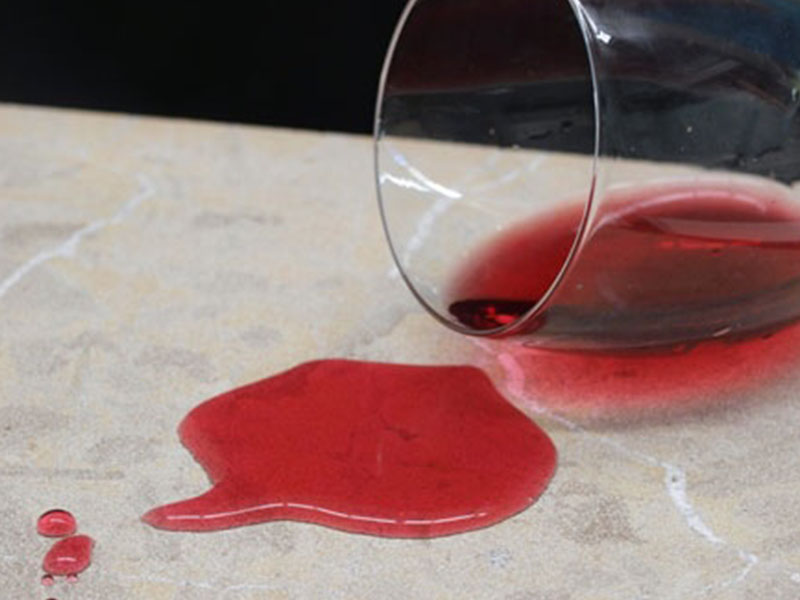
According to the classification of sealant, protective sealant are divided into "water-based sealant" and "oil-based sealant".
Water-based sealant: a protective agent with water as the dispersion medium.
Oil-based sealant: a protective agent with an organic solvent as the dispersion medium.
In order to achieve the purpose of being easy to understand and easy to remember, the stone care industry usually refers to "water-based protective agent" as "water-based protective agent"; "solvent-based protective agent" as "oil-based protective agent".
Now,let's introduce these two types of sealant to you.
1. Water-based sealant
1. Advantages:
①Fast:
The water-based sealant has a fast onset of action, and it can generally have a good protective effect within 2 hours after applying. Therefore, the project that is in a hurry can use the water-based sealant for protection.
②Environmental protection:
Using water-based sealant will not affect the air quality.
③Odorless:
Water-based sealant are basically odorless.
④Low cost:
The cost of water-based protective agents is lower than that of oil-based protective agents, especially some concentrated protective agents, which can be used dozens of times with water.
2. Disadvantages:
① Poor weather resistance:
The protection time is short, and the indoor environment usually only lasts for 3 to 5 years.
②Poor impermeability:
Water-based protective agent is soluble in water and tends to be dissolved by water. It should not be used in places where it has been in contact with water or damp for a long time, such as toilets, bathrooms, sinks, outdoor low-lying floors, waterscape curtain walls, pools and other areas. It is also not suitable for outdoor use in areas with long-term rainy weather.
③ Poor recoatability:
Once the water-based repellant dries, it is difficult to absorb freshly applied repellant. Therefore, it is not allowed to apply the second time after the first pass of the protective agent is dry. The first pass of the protective agent should be absorbed by the stone, and the second time should be applied before the surface is dry. The water-based protective agent is best constructed by soaking;
④Incorrect construction method will cause pollution
After the water-based protective agent is applied too much, it will form white spots, which are difficult to remove, so wipe off the excess protective agent with a towel before drying.
Note: The methyl silicate "stone protective agent" on the market is actually a "cement moisture-proof agent", which not only has no protective effect, but also causes stone pollution.

2. Oily protective agent
1. Advantages:
①Strong permeability:
It has a strong ability to infiltrate and penetrate into the interior of the stone, and the protective layer is relatively deep.
②Strong impermeability:
The ability to resist water penetration is relatively strong, and the oil-based protective agent can maintain a longer protective effect in an environment that is brewed by water for a long time.
③Good weather resistance:
Under natural conditions, the protective effect of oil-based protective agents can be maintained for a longer time, and the protective time of high-quality oil-based protective agents can be up to 30 years in indoor environments.
④Good recoatability
It can be superimposed and brushed many times, it will not produce its own anti-penetration phenomenon, and it is easy to use.

2. Disadvantages:
①Slow:
The maintenance time should be at least 48 hours, and in practical application, it should be maintained for 7-14 days.
②Not environmentally friendly:
The volatilization of the solvent will affect the air quality (open the window for ventilation, it will not affect the health).
Note: As long as it is a regular brand of protective agent, it is strictly in accordance with the national standard for natural stone protective agents for building decoration (JC/T973-2005), and the VOC content is determined according to the national industry standard GB18582. GB18581 determination of benzene content ≤ 0.5%, total content of toluene and xylene ≤ 10%, in line with the safety and health standards proposed by the national quality supervision agency.
③ Odor:
Oil-based sealant have a strong smell.
④ Flammable:
It contains organic solvents and is flammable. Strict protection, fire prevention and anti-static measures are required for use, storage and transportation.
3. Special application of protective agent
1. When the stone is refurbished, add water-based protective agent stock solution (concentrated protective agent) to the grinding water, which can protect the stone while grinding.
2. To treat the stone returning to alkali, oily protective agent should be used, and fluorine protective agent should be strongly promoted.
3. Indoor walls that are not easily exposed to water and external walls in dry areas can be protected with water-based protective agents. As long as it is not a long-term continuous rain, the protective effect of the stone will not be damaged. The usual rain does not hinder the protective effect. Can last 3 to 5 years.
4. After the stone is applied with water-based sealant, oil-based sealant can be applied to enhance the protective effect.

During the fabrication of our natural marble and granite countertops,sealed will be applied to protect the tops itself.
It is stain resistant and water resistant.
© Copyright: 2026 XIAMEN EXCELLENT STONE CO.,LTD. All Rights Reserved.

IPv6 network supported